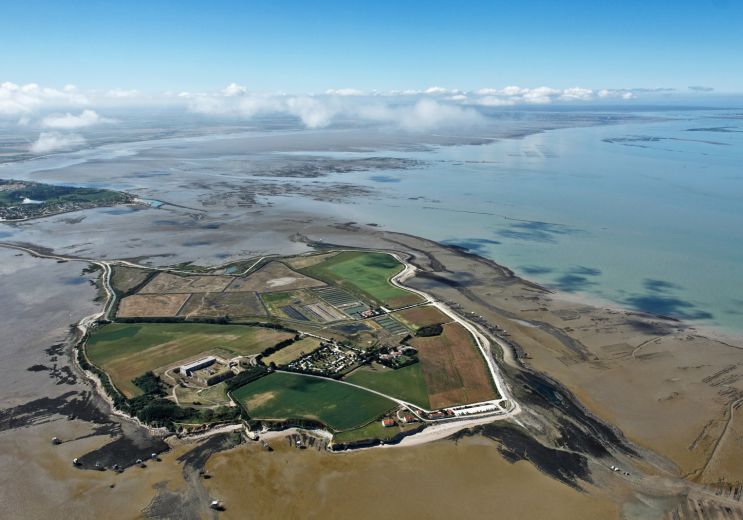Brouage and its surroundings' must see fortified city…
Brouage and its surroundings' must see fortified city…
Hiers-Brouage
Culture and Heritage

Hiers-Brouage
Culture and Heritage

5,5 km - Marennes
Food Lovers

5,5 km - Marennes
Culture and Heritage

8,2 km - Saint-Agnant
Sport

9,1 km - Port-des-Barques
Rest and relaxation

This small town in Charente-Maritime is steeped in history. It is famous for its citadel, a vestige of a glorious ...
80 m - Hiers-Brouage

Come and discover the Charente islands like you've never seen them before! Option with supplement: We offer you an ...
4,7 km - Saint-Just-Luzac

Located on the Seudre estuary, Marennes once surrounded by salt marshes, is the birthplace of the oyster, which has ...
5,5 km - Marennes

The Moëze-Oléron Nature Reserve is an essentially maritime area, between Château-d'Oléron and the Marais de ...
5,6 km - Saint-Froult

2,3 km - Saint-Froult
Walking Velo hybrid Mountain bike

3,8 km - Saint-Froult
Walking